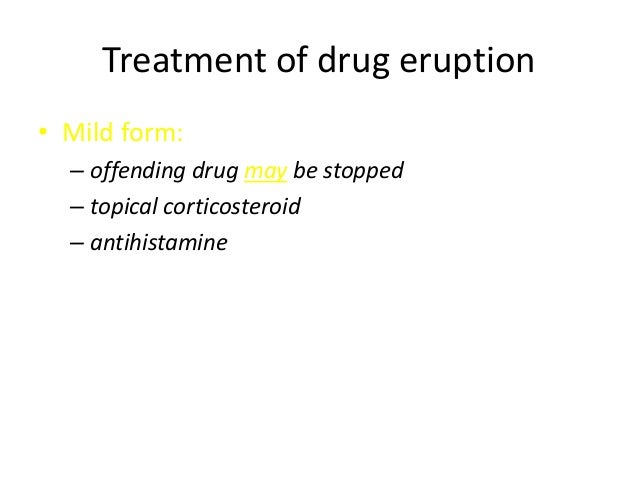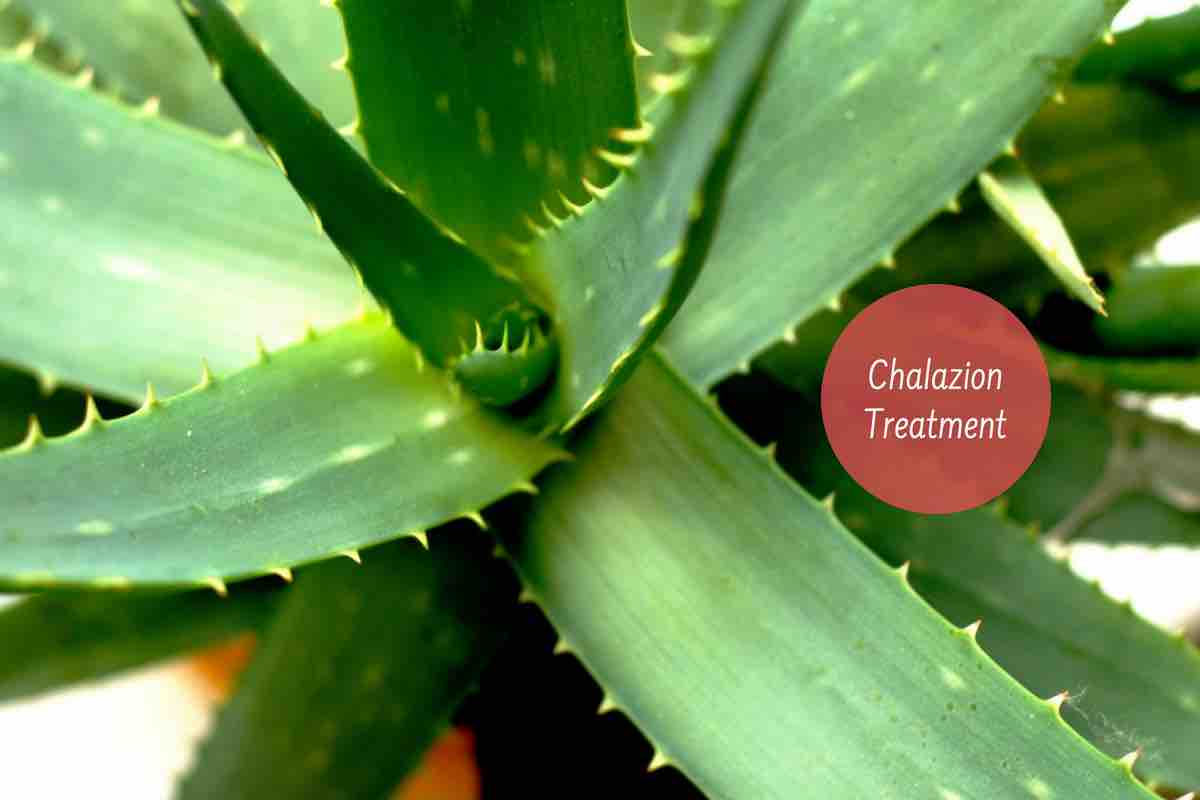Table of Content
Your doctor will begin by reviewing your current medicines as well as any skin lotions, sunscreens or colognes you use. The doctor may suggest that you temporarily switch to an alternate medication or eliminate certain skin care products to see whether this makes your skin symptoms subside. If necessary, your doctor will refer you to a dermatologist, a doctor who specializes in skin disorders. Photoallergic eruption — This usually causes either an itchy red rash or tiny blisters. In some cases, the skin eruption also spreads to skin that was covered by clothing. Because photoallergic eruption is a form of delayed hypersensitivity reaction, skin symptoms may not begin until one to two days after sun exposure.
If new medication will make your skin’s reaction worse, you should consult with your doctor. Make sure you use a broad-spectrum sunscreen with a high SPF to protect yourself from both UVA and UVB rays. During the summer, avoid contact with any chemical that may cause a rash.
Photoallergic Eruption Home Remedies
This includes such things as increased redness, a rash, severe itching and skin inflammations. Sun rash or sunburn can be described as an intense inflammatory response of the skin to excessive sun exposure. It is also known as photodermatitis, sun poisoning or photoallergy. People who are photosensitive need to take active measures toward preventing sun exposure to keep their skin healthy. The best method of prevention is simply to stay out of the sun as much as possible.
Creams you can buy are not supposed to be used on the eyes, around the bottom or genitals, or on broken or infected skin. Hell’s itch is this deep, painful, almost throbbing, itch that happens one to three days after a sunburn, often on the upper back and shoulders, says dermatologist Melissa Piliang, MD. In 1942, Klaber introduced the term phytophotodermatitis to emphasize that both plants and light were required to affect a reaction. Darrell Wilkinson, a British dermatologist, gave an accurate description of the disease in the 1950s. To protect your eyes, wear sunglasses with UV rays protection. It is hereditary meaning several generations of the same family may have a history of the problem.
Symptoms vary, depending on the specific type of sun allergy:
This is the most common type of skin condition that occurs as a result of exposure to sunlight. The symptoms of sun rash are the same for people who have it every year. A sun rash can cause small red dots to form, measuring between 2 and 5 mm in diameter. In the spring and summer, a polymorphous light eruption is typically seen.

Following the first eruption, PLE tends to reoccur on a yearly basis. And it’s not just direct, unfiltered sunlight that can trigger a PLE eruption. One home remedy that can be made from the plants as well as natural herbs in your natural herb garden is a headache pain reliever called Echinacea.
Sun Allergies Treatments
Apply a cooling gel or ointment containing aloe vera to the sunburned area or areas. Take aspirin or acetaminophen immediately after exposure to the sun to relieve sunburn discomfort and inflammation. Phototherapy is the other treatment option for a patient with PMLE, it involves gradually exposing the skin to increased levels of UV light to treat the allergy. In most of the cases, the symptoms will vary depending on the specific types of the allergy.

If standard phototherapy fails, your doctor may try beta-carotene tablets or antimalarial drugs. Be aware of any skincare products and medications that may trigger a photoallergic eruption. If you are taking prescription medication, and you normally spend a great deal of time outdoors, ask your doctor whether you should take any special precautions to avoid sun.
Sometimes it occurs on the lips and on the inside of the mouth. Despite the fact that creams and balms cannot completely cure or alleviate PMLE, they can provide some relief. If your skin is exposed to the sun, do not apply oils or oil-based balms like Skin Salvation. The information provided on this site is not a substitute for professional medical advice and care. If you have specific needs, please see a professional health care provider. This material, including all images, may not be published, broadcast, rewritten or redistributed in whole or part without our express written permission.

Photoallergic eruption The first step is to eliminate the medication or skincare product that is triggering the allergic reaction. Sun allergies occur only in certain sensitive people, and in some cases, they can be triggered by only a few brief moments of sun exposure. As for rashes caused by sun, polymorphous light eruption is the most common culprit, affecting about 10 to 20 percent of people in the Unites States. It usually appears within a few hours after too much exposure to ultraviolet light from sunshine or artificial sources, such as sunlamps. Home remedies can usually provide sunburn relief, but sunburn may take days to fade. After exposure to the sun, people with actinic prurigo develop red bumps on the skin which turn into scaly patches.
This condition affects between 10 and 20% of the population. When a person is exposed to the sun, he or she usually has small bumps on their skin that appear after a few hours. After sunburns, PMLE is one of the most common sun-related skin problems seen by doctors. It usually manifests as an itchy rash on sun-exposed skin and affects people of all races and ethnic backgrounds but occurs more often in women than men. This can develop in a matter of hours or only show a few days after sun exposure.

There are probably several different causes, depending upon the type of skin reaction. A sun allergy happens when a person develops a rash and sometimes other symptoms after exposure to sunlight. The allergy can range from mild to severe, possibly causing more serious symptoms or limiting everyday activities. Some skin allergy symptoms are triggered when your skin is exposed to a substance and then to sunlight.
The itchy, reddish spots or welts usually appear within minutes of sun exposure. Sun allergy rash also called photosensitivity is occurs when your body reacts to overexposure to the sun. The sun emits harmful rays known as Ultraviolet rays that can damage the skin. When allergic to the sun, you are likely to develop a red itchy rash on the areas of skin that were exposed to the sun. Photosensitivity is when an individual has an extreme sensitivity to the sun and other sources of light. This sensitivity can lead to frequent and intense skin rashes and burns.
Solar urticaria For mild hives, you can try a nonprescription oral antihistamine to relieve itching, or an anti-itch skin cream containing cortisone. For more severe hives, your doctor may suggest a prescription-strength antihistamine or corticosteroid cream. In extreme cases, your doctor may prescribe phototherapy, PUVA or antimalarial drugs. Symptoms of photosensitivity may include a pink or red skin rash with blotchy blisters, scaly patches, or raised spots on areas directly exposed to the sun.
If the rash has already developed, treatment will depend on the specific type of sun allergy. Of all forms of sun allergy, solar urticaria is the one that is most likely to be a long-term problem. Solar urticaria — Hives usually appear on uncovered skin within minutes of exposure to sunlight.


No comments:
Post a Comment